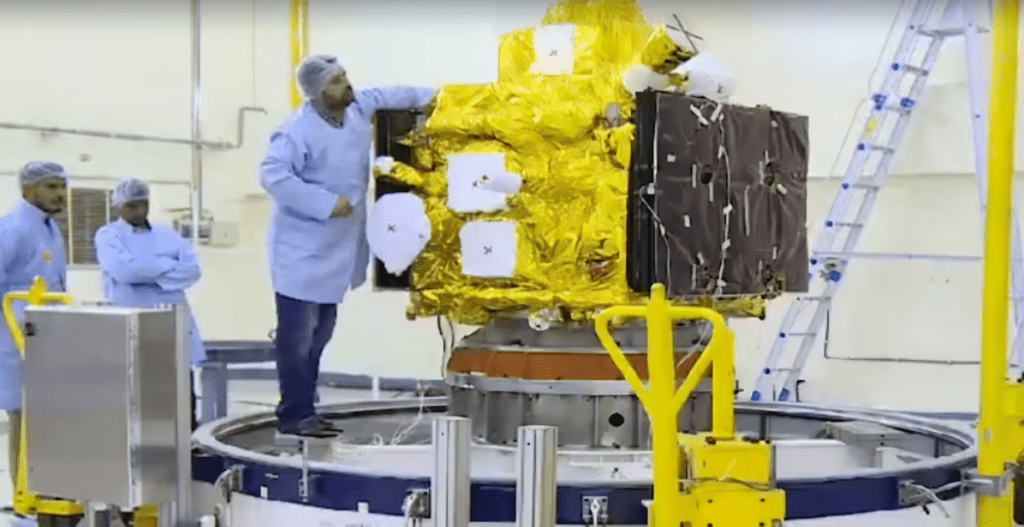India joins the race to unravel the mysteries of black holes with XPoSAT
Our Recent News Trends

India embarked on a groundbreaking mission on New Year’s Day to unravel one of the most enduring enigmas of the cosmos – black holes. At precisely 9:10 am, the Indian Space Research Organisation (ISRO) successfully launched the XPoSAT, also known as the X-ray Polarimeter Satellite.
Here are key highlights from this significant event:
1. Within minutes of the launch, at 9:32 am, ISRO confirmed that the Polar Satellite Launch Vehicle (PSLV) had lifted off without any complications. XPoSAT was deployed into its intended orbit at 650 km with a 6-degree inclination. ISRO announced that the development of the POEM-3 (PSLV Orbital Experimental Module) was underway.
2. S Somanath, the director of ISRO, officially declared the mission a success shortly after the launch. Astrophysicist Dipankar Bhattacharya, while speaking to NDTV, described the launch as a “textbook launch” and expressed optimism that the scientific objectives could be accomplished in the expected manner.
3. This mission marked the 60th flight of ISRO’s Polar Satellite Launch Vehicle (PSLV). The colossal 260-tonne rocket carried a sophisticated astronomical observatory specifically designed for studying black holes and neutron stars. India now joins the US as the second country to possess such a specialized ‘observatory’ dedicated to black hole research.
4. XPoSAT employs X-ray photons and their polarization to investigate the radiation emitted by nearby black holes and neutron stars. Its cargo includes two crucial payloads: POLIX (Polarimeter Instrument in X-rays) and XSPECT (X-ray Spectroscopy and Timing).
5. The satellite’s primary objective is to gauge the polarization of X-rays within the 8-30 keV energy band originating from approximately 50 potential cosmic sources, through the Thomson Scattering principle utilized by the POLIX payload.
6. XPoSAT will conduct extended observations on the spectral and temporal characteristics of cosmic X-ray sources. It will also employ the POLIX and XSPECT payloads to measure the polarization and perform spectroscopic assessments of X-ray emissions from cosmic sources.
7. When stars deplete their fuel and undergo a cataclysmic collapse, they form either black holes or neutron stars due to their own gravitational force. Black holes possess the most powerful gravitational influence in the universe.


